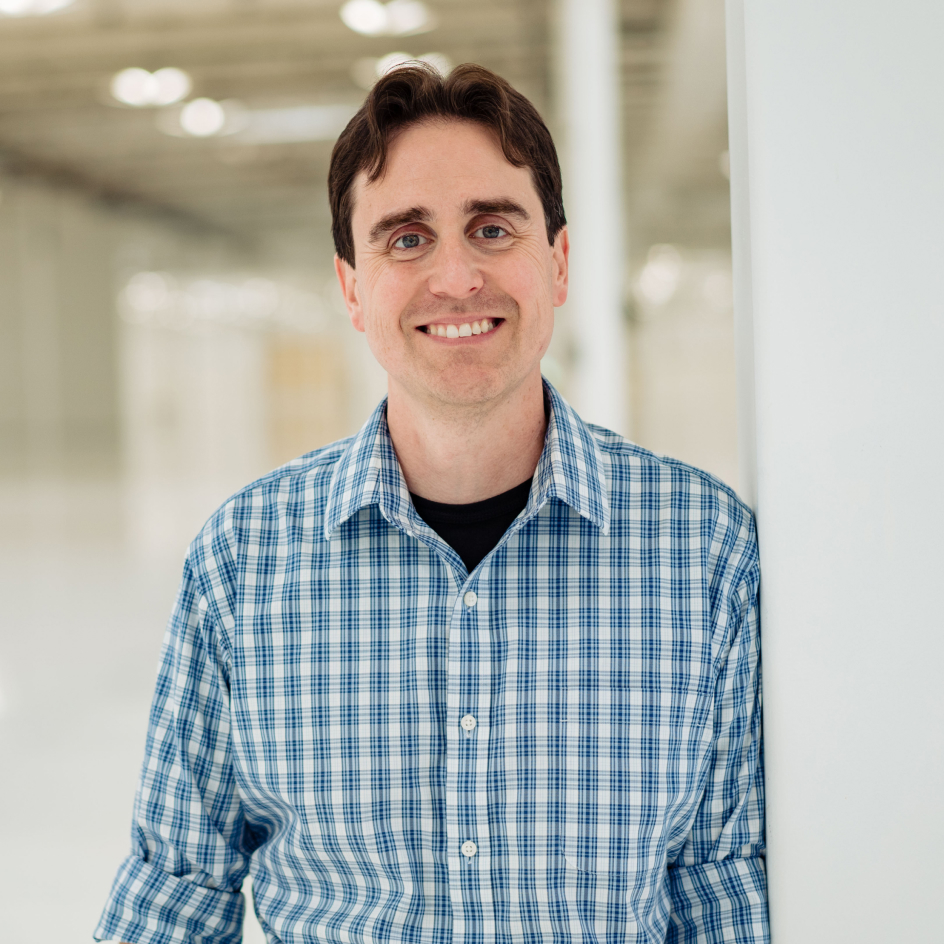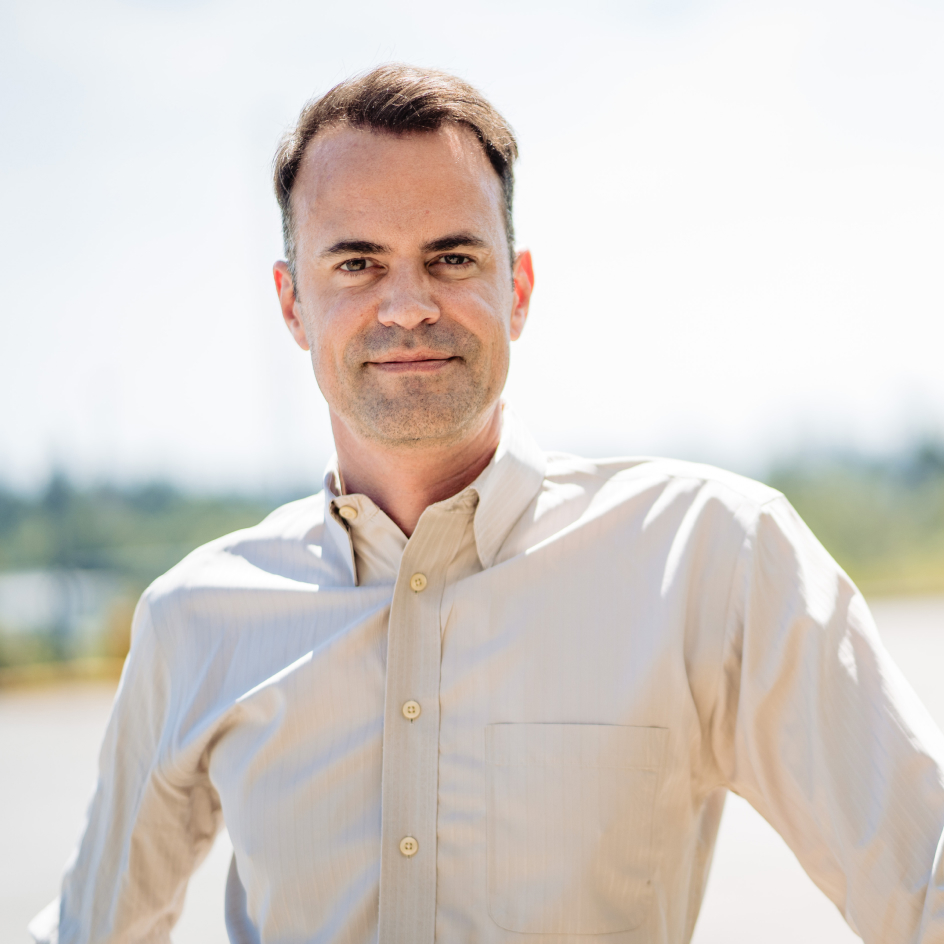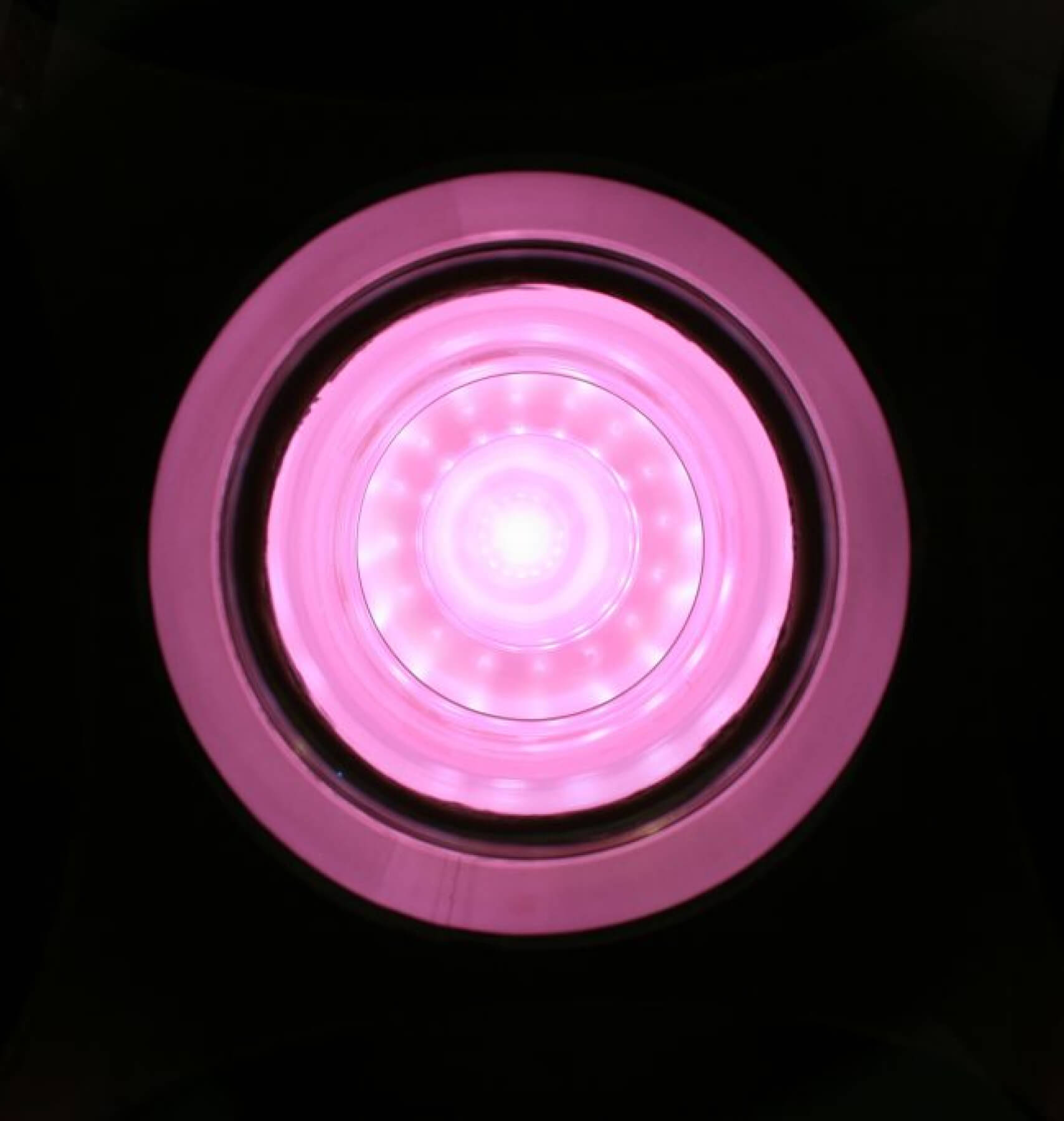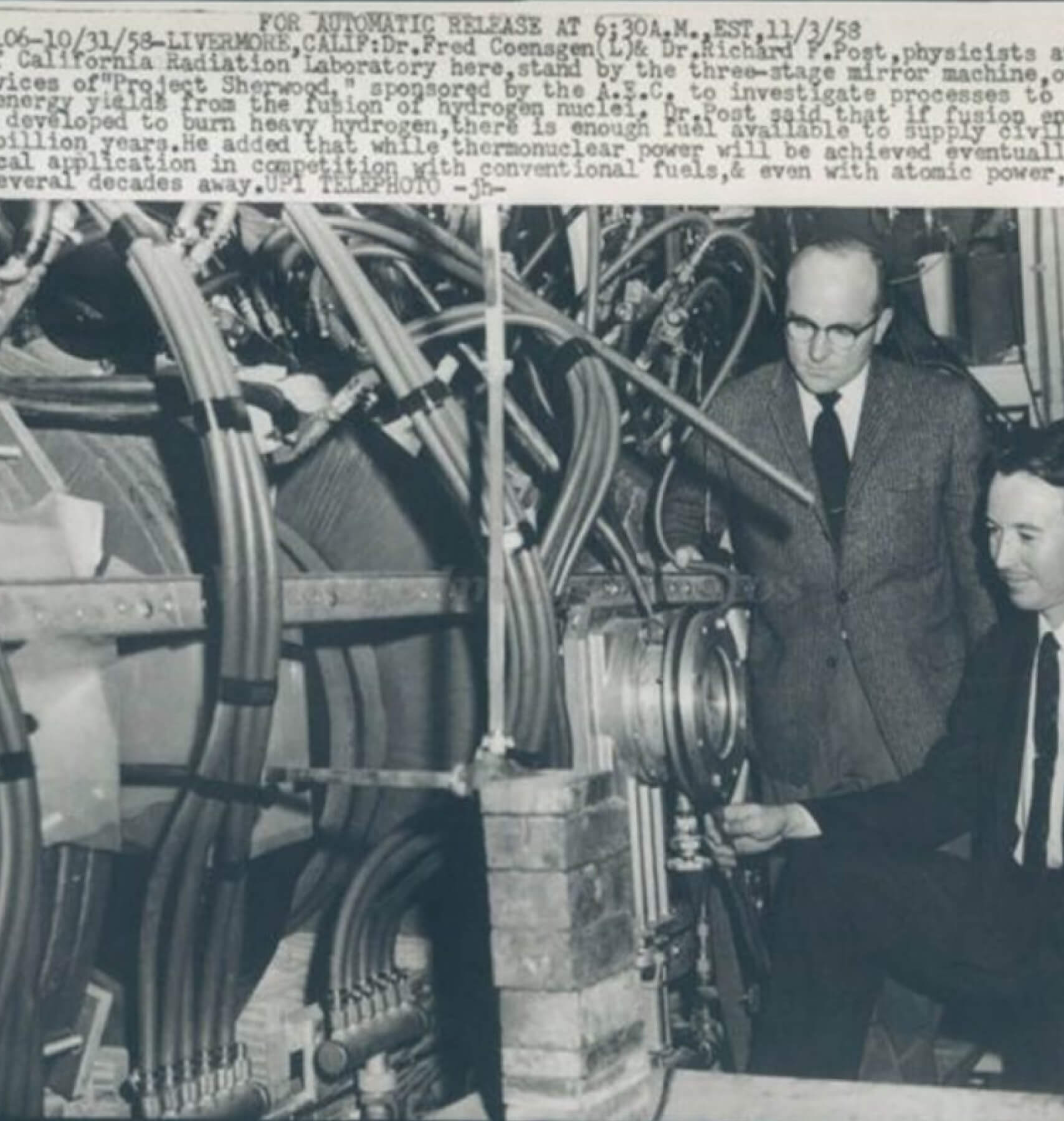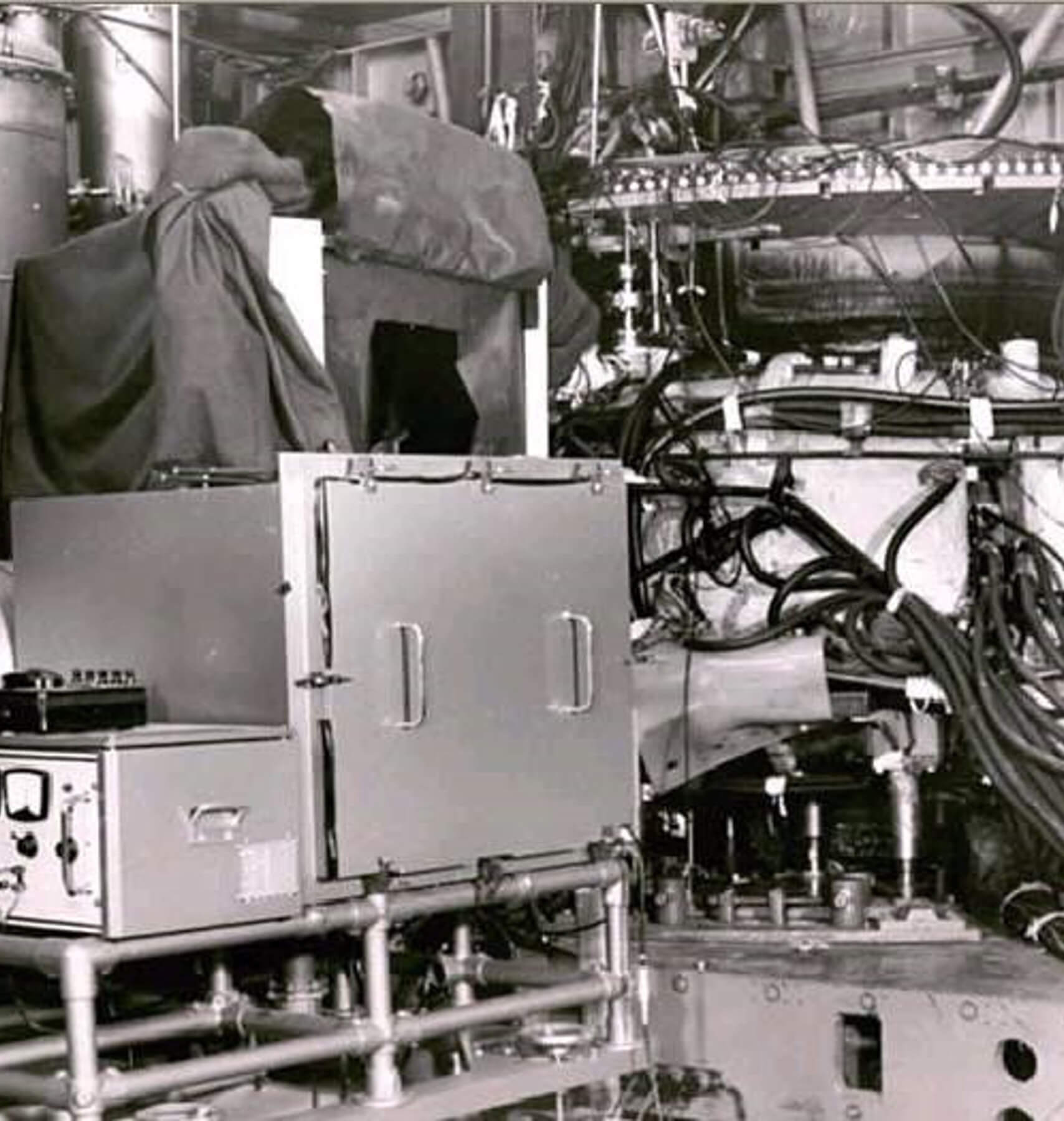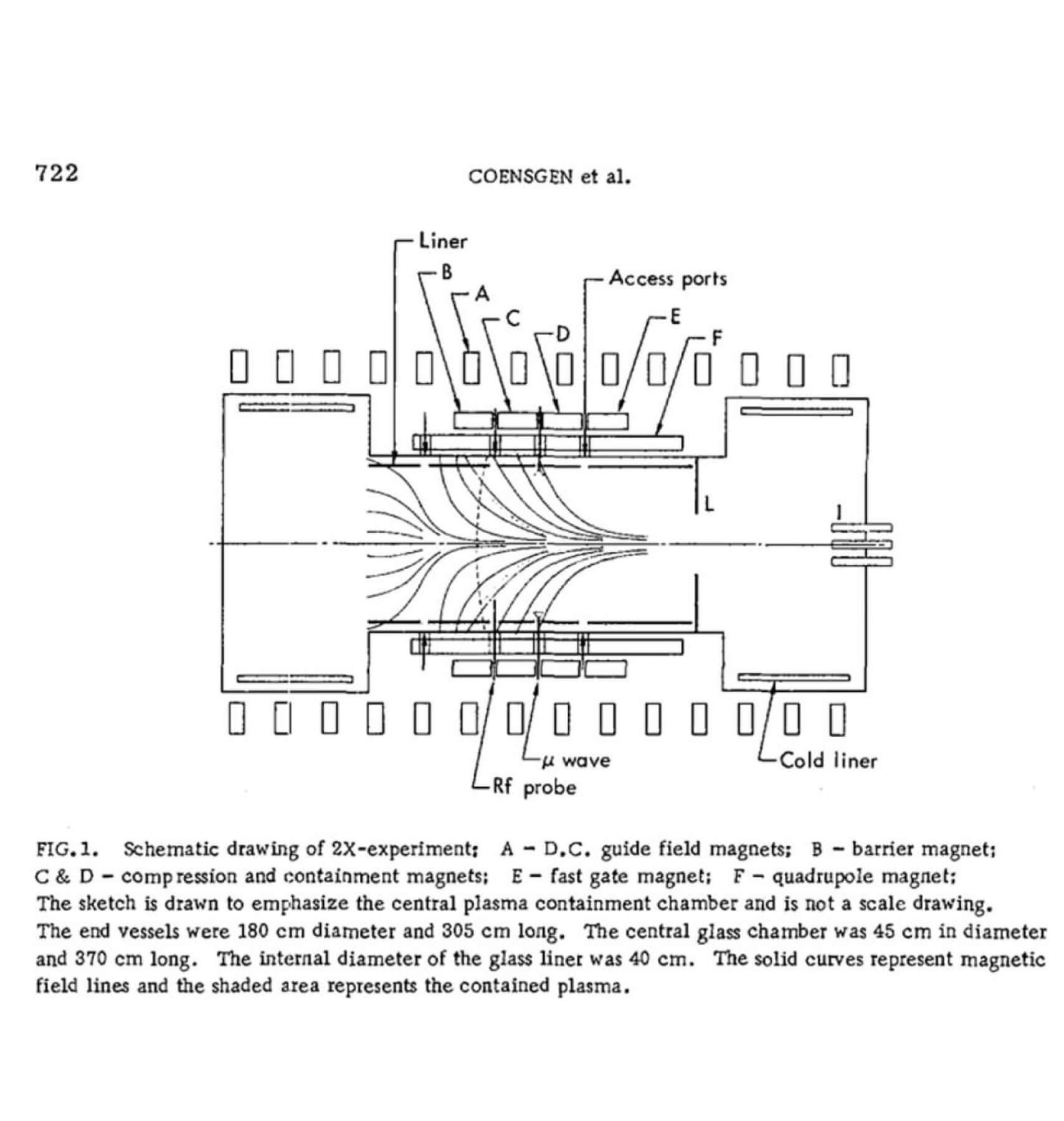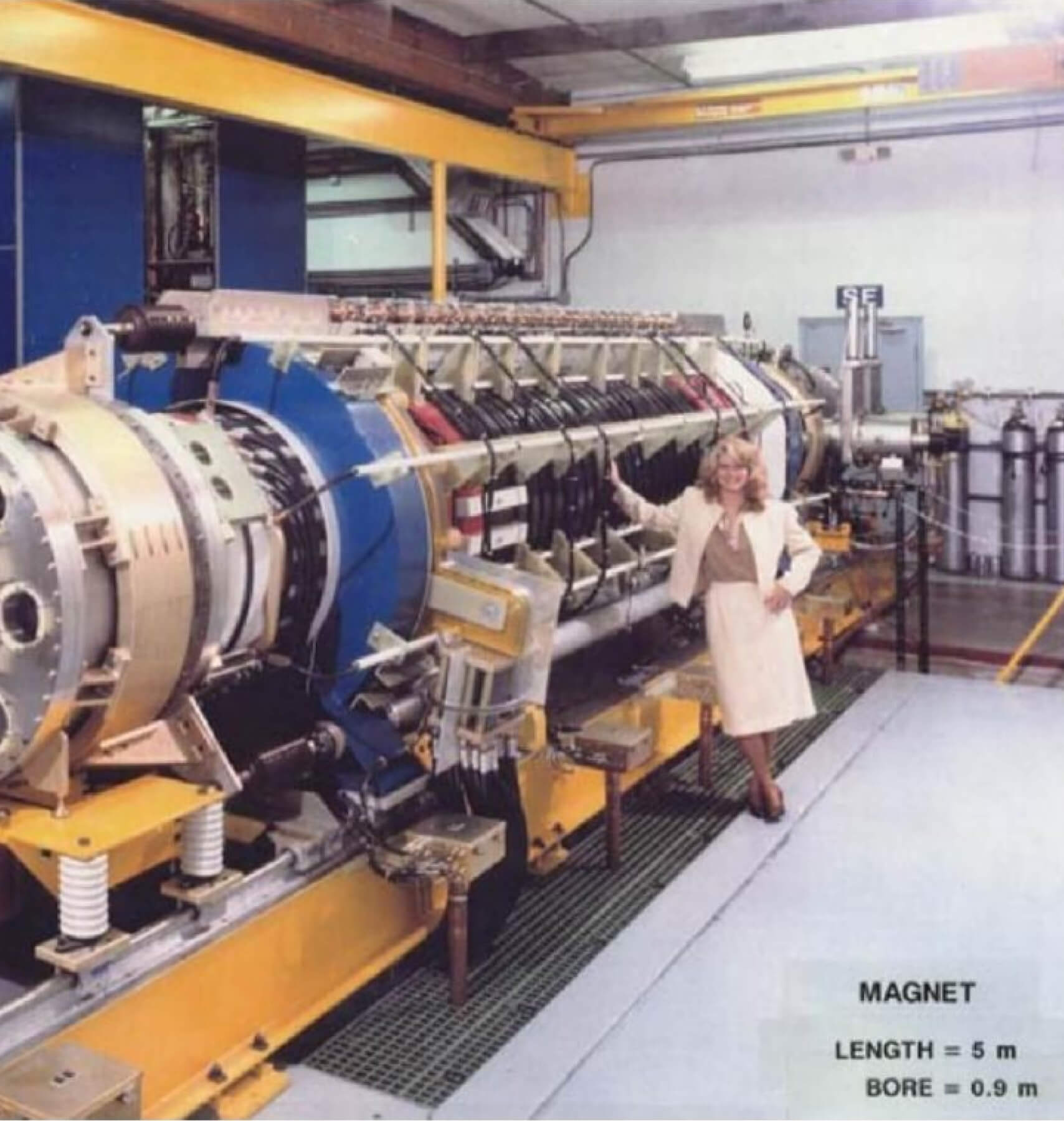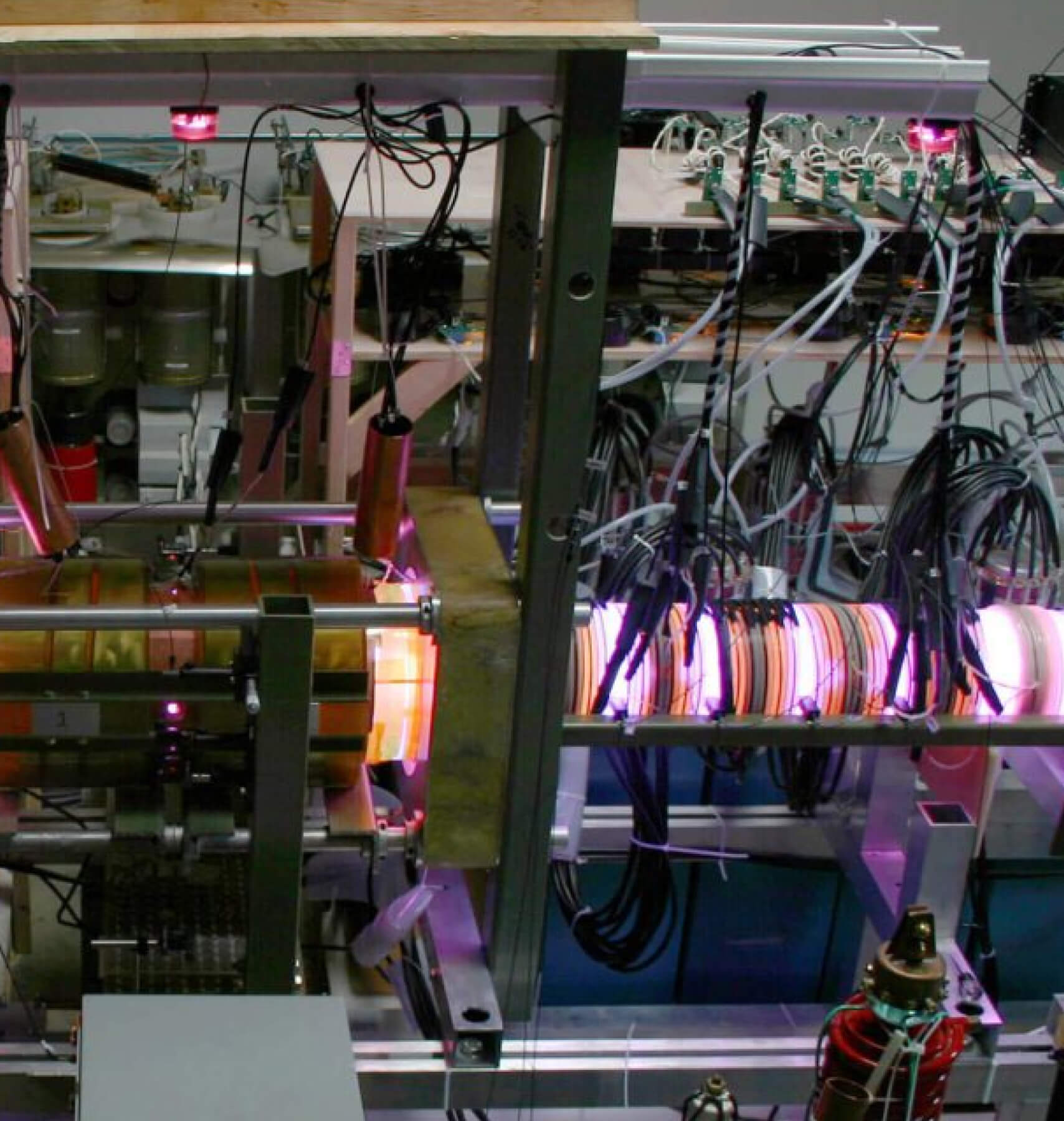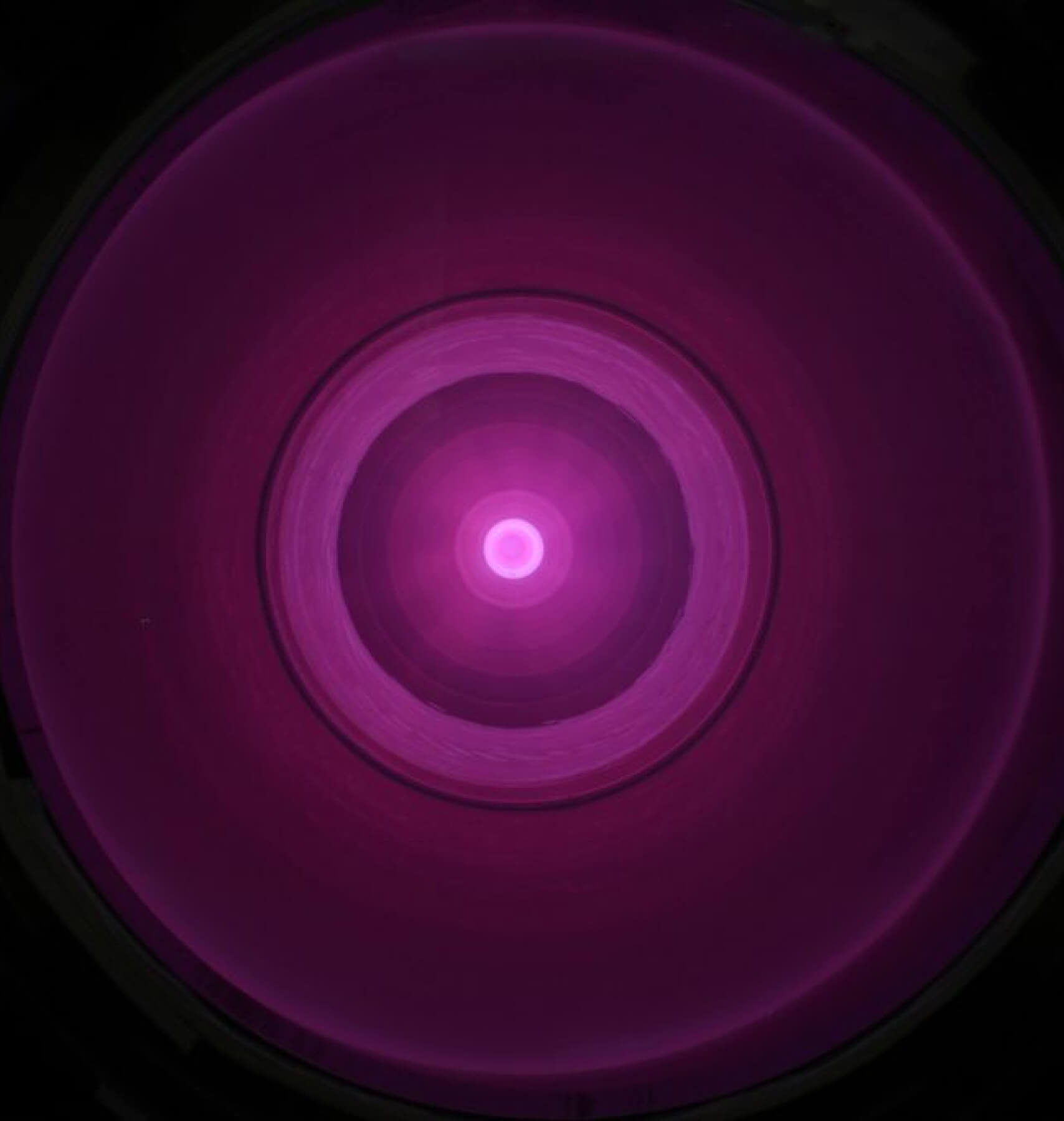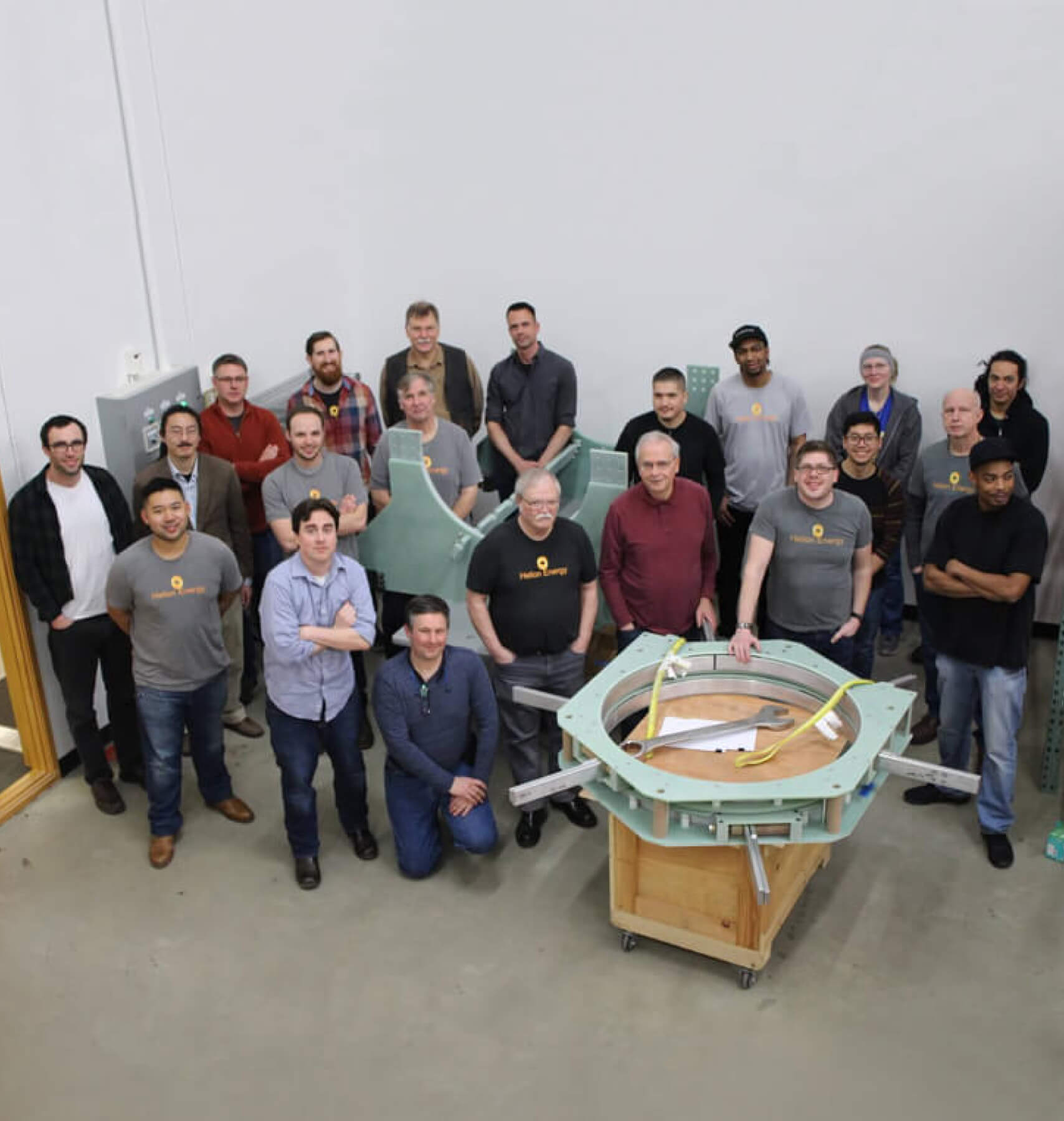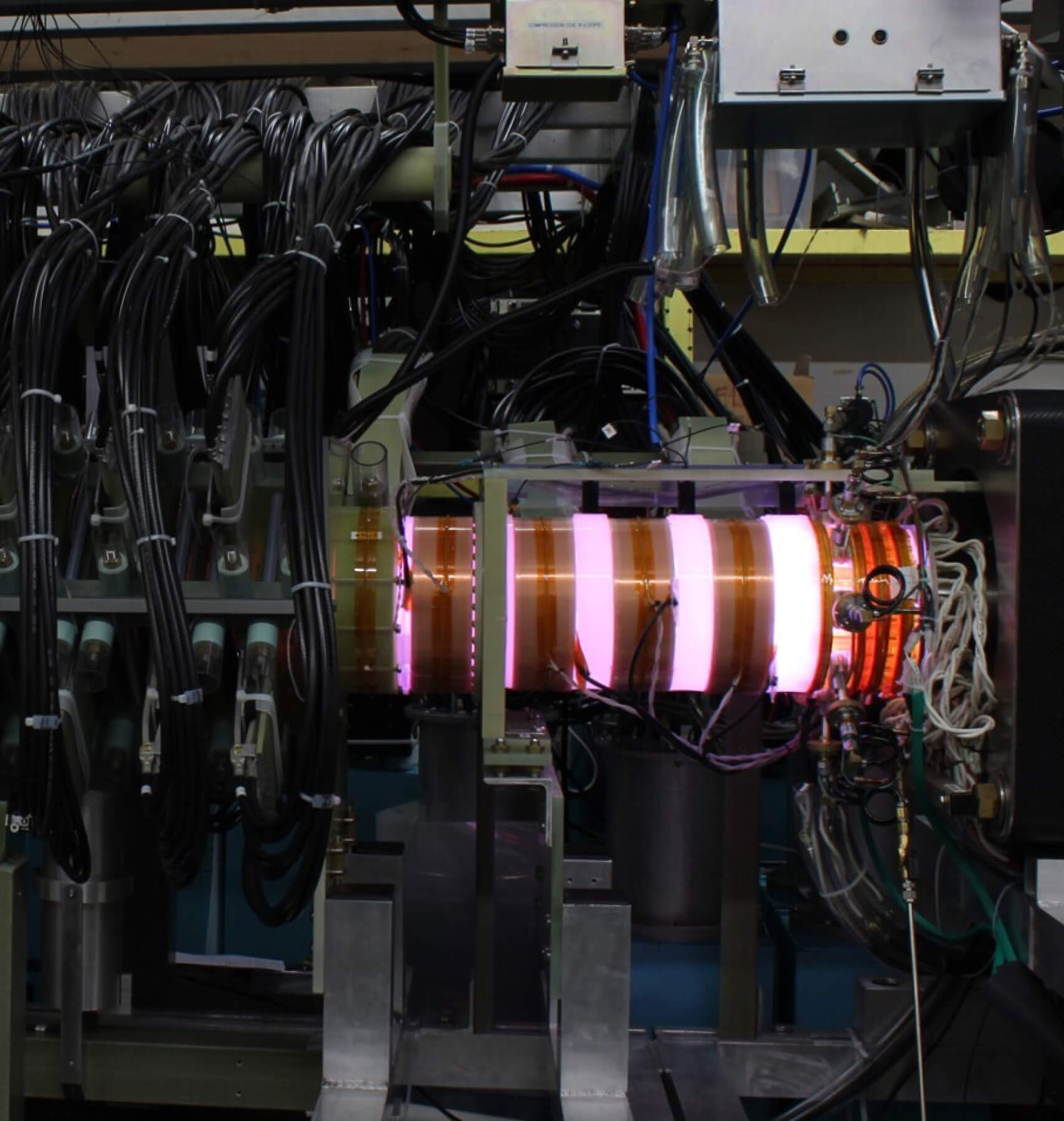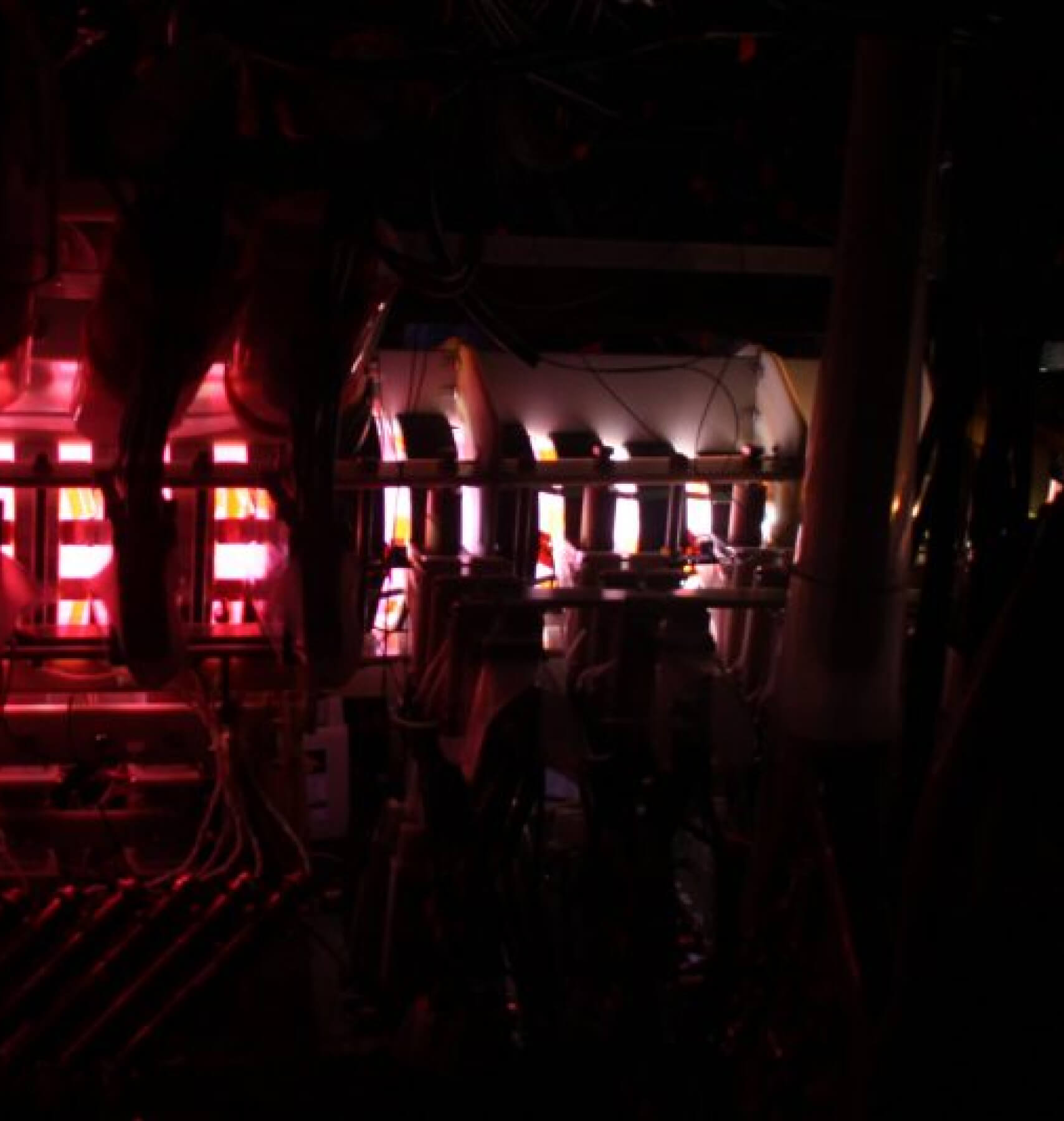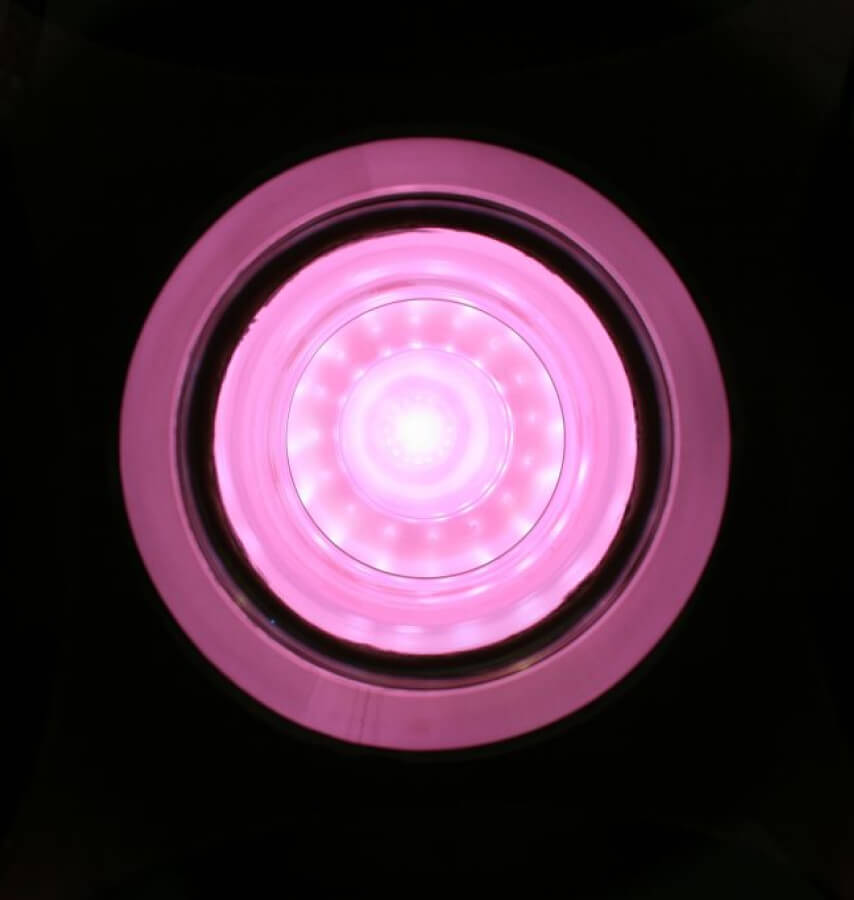Our vision
Our mission is to build the world's first fusion power plant, enabling a future with unlimited clean electricity.
By delivering on the promise of fusion, we believe we can make a tangible impact in our fight against climate change, while making electricity affordable and abundant for everyone.
At Helion, every team member contributes to building a world where carbon-free electricity costs are low, raising the standard of living for every person on the planet.
